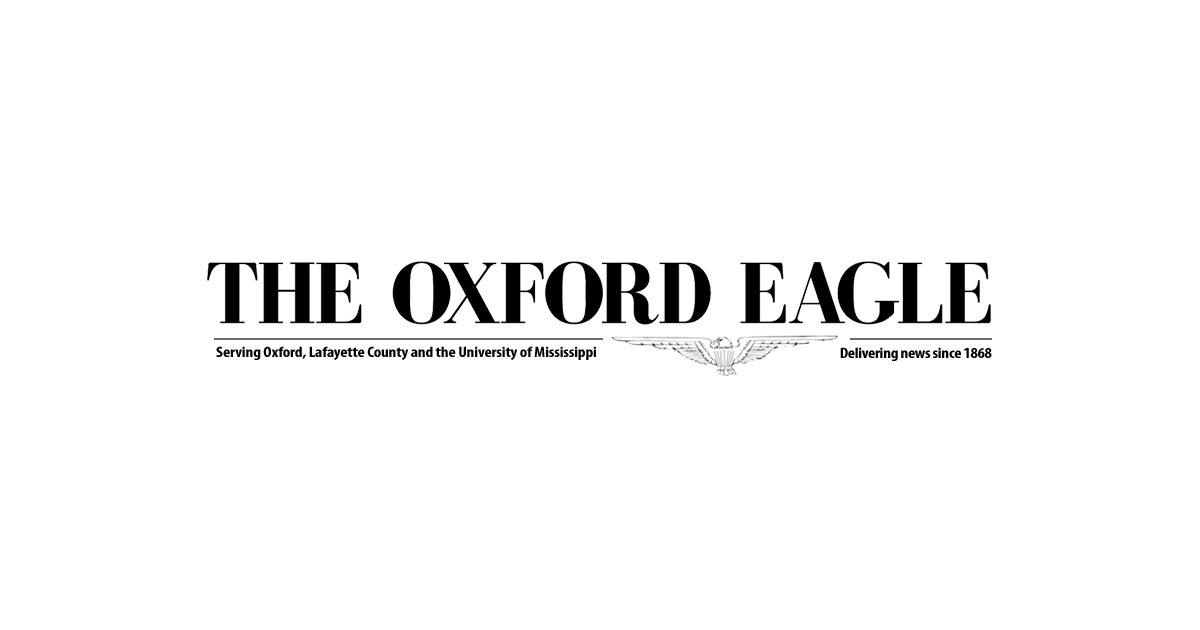A few things I didn’t know about Air Force One
Published 10:54 am Friday, April 13, 2018
By T.J. Ray
These days there is little restraint on folks taking potshots at the President. Several recent comments about the cost of his travels caught my attention. And when a commentator said that Air Force One is capable of withstanding a nuclear blast, my curiosity was stirred enough to check that out.
Air Force One has weathered a number of presidencies. Franklin D. Roosevelt was the first president to fly in an aircraft while in office. The first aircraft obtained specifically for presidential travel was a Douglas Dolphin amphibian delivered in 1933 which was designated RD-2 by the US Navy and based at the Naval base at Anacostia D.C. During World War II, Roosevelt traveled on the Dixie Clipper, a Pan Am-crewed Boeing 314 flying boat to the 1943 Casablanca Conference in Morocco, a flight that covered 5,500 miles (8,890 km) in three legs.
Trending
At the end of his term in office, Harry Truman chose to return to his native Missouri by train rather than fly. At the shocking conclusion of his time in the White House, Richard Nixon flew home to California. He resigned in a televised speech one night and slipped out of the Capital the next morning. Just before noon the next day, Nixon officially ended his term as the 37th president of the United States. Before departing with his family in a helicopter from the White House lawn, he smiled farewell and enigmatically raised his arms in a victory or peace salute. The helicopter door was then closed, and the Nixon family began their journey home to San Clemente, California. Minutes later, Vice President Gerald R. Ford was sworn in as the 38th president of the United States in the East Room of the White House.
By agreement, he was to officially give up the presidency at noon ET that day, but he was still president as the door of the plane closed, and because any plane on which the president rides carries the call sign Air Force One, it was Air Force One that ground controllers cleared for takeoff.
But several hours later, as the plane flew west and noon approached, Nixon’s pilot, Colonel Ralph Albertazzie, radioed the Kansas City Regional Flight Control Center and requested that his call sign be changed from Air Force One to SAM (Special Air Mission) 26000. At precisely the same time back in Washington, Gerald Ford was sworn in as the nation’s first unelected president.
Turns out it is not the big Air Force One that is seen in news stories of Mr. Trump boarding or deplaning from a beautiful Boeing jet. While that plane may well have the capability of withstanding a nuclear attack, it is the background Doomsday plane that is the true safe flyer.
Before writing about the Boeing E-4B, I found myself reading the details of the one time (so far as we know) when Air Force One was, so to speak, under the gun.
On 9/11 President George W. Bush was visiting Emma E. Booker Elementary School in Sarasota, Florida elementary school when the attacks occurred. After jogging on the beach, he went to the school and was listening to students read when an aide whispered “America is under attack” in his ear. Air Force One, under the command of Colonel Mark Tillman, the senior pilot of Air Force One that day, in charge, quickly took him and his staff out over the Gulf of Mexico, even as the Air Force and the FAA ordered all planes then in the air all over the country to land. After some time the plane landed at Barksdale Air Force Base in Louisiana. After more flying, it landed a second time at Offutt Air Base in Nebraska. All flying was done with armed fighter escorts.
Trending
Notes kept by a staff meeting note that a reference was picked up in communication from the ground that “Angel is next.” “Angel” being the codename for Air Force One, great concern was created. Later it was found that the transmission was a miscommunication in an approaching airliner, but it left security guards actually on the plane standing at the door to the cockpit to prevent saboteurs who might be aboard from crashing or diverting the plane. Air Force One landed at Andrews Air Force Base in Washington at 6:55 p.m.
Today there is an alternate for the Chief Executive to take if the country is attacked. It is the Boeing E-4B, which costs around $250 million each to create and $160,000 per hour to operate. A contract with Boeing was signed in 1973, forty-five years ago. The first completed E-4A was delivered to Andrews Air Force Base, Md, in December 1974.
Unlike the ceremonial and comfort-focused Air Force One, the E-4B airborne command posts are flying war rooms staffed by dozens of military analysts, strategists and communication aides who would guide the president through the first days of a nuclear war.
Even today, one of those four Doomsday planes, known to their crews as “Air Force One When It Counts,” regularly travels with or near the president at all times.
When the president is in the United States, an E-4B always remains on alert at Offutt Air Force Base in Omaha, Neb., its engines turning 24 hours a day, ready to launch and rendezvous with the president in the event of an emergency evacuation.
Yet even those Doomsday planes represent just one corner of the emergency air fleet at the president’s fingertips, all of which is easy to hide inside the large-scale logistics of a presidential trip.
• Armor plating ensures the plane can withstand a nuclear blast on the ground.
• All windows are made of bullet-proof armored glass.
• Electric defense systems jam enemy radar and confuse missiles, while mirror ball defenses hidden in the wings can overcome infrared guidance systems.
• Onboard electronics and communications are designed to withstand electromagnetic pulses.
• The plane is also protected by thermo-radiation shields in case of a nuclear strike.
One can only wonder how the nuclear shielding was tested. No reports of nuclear explosions near the Boeing factory are on record.
T.J. Ray is a retired professor of English at Ole Miss.





